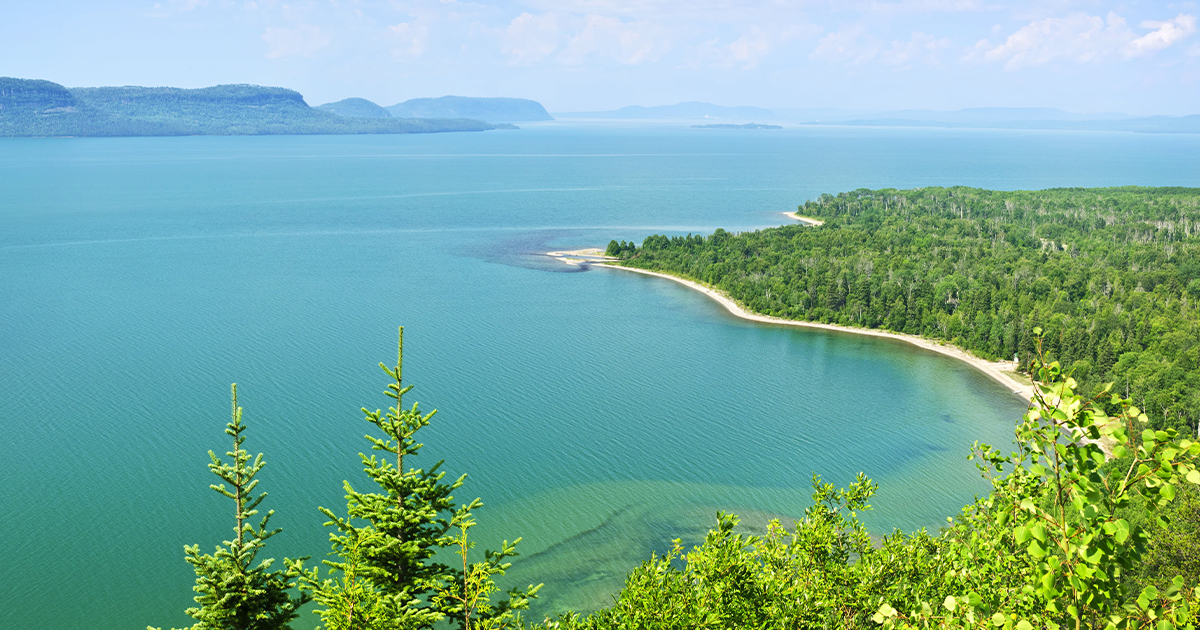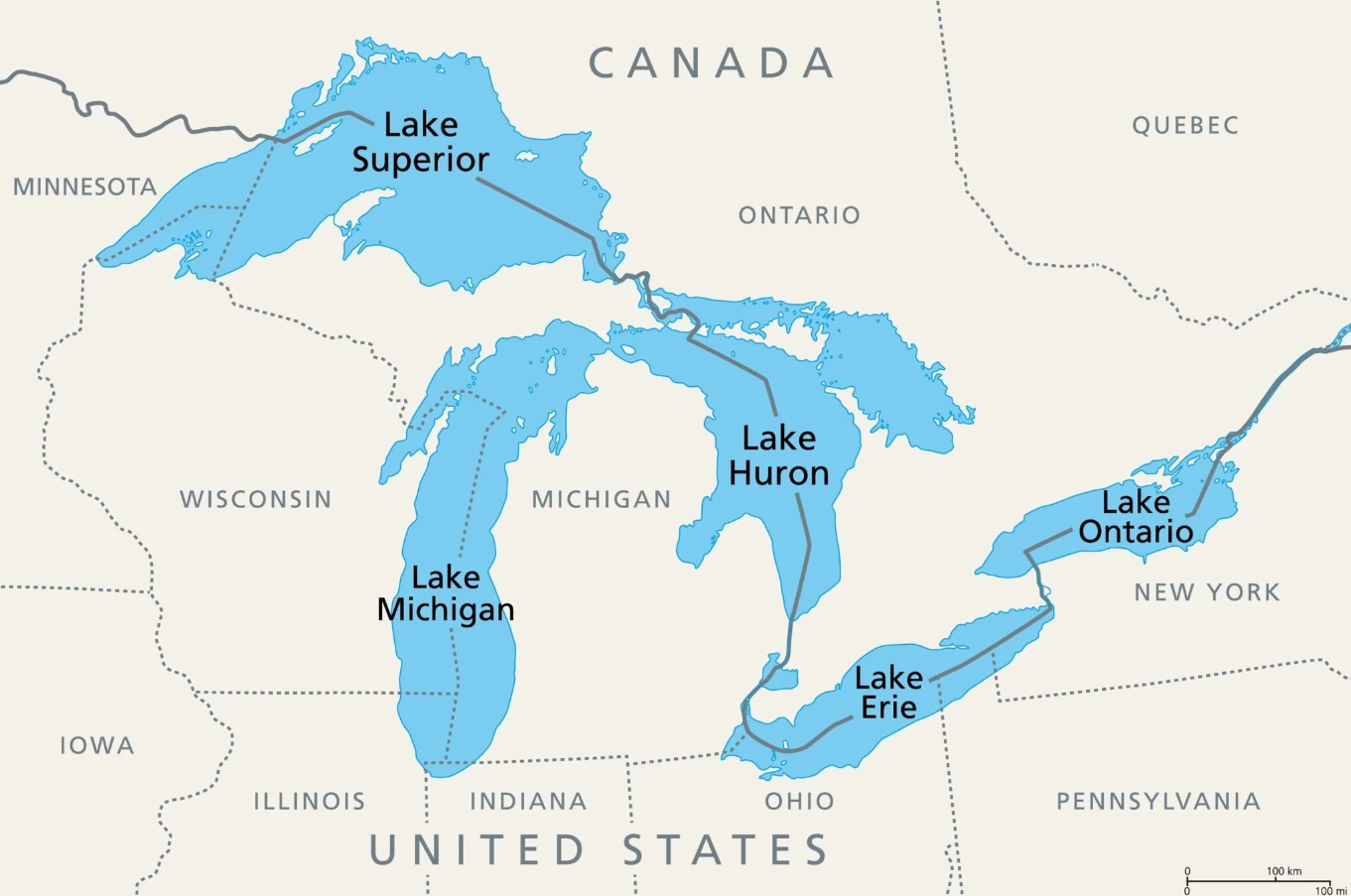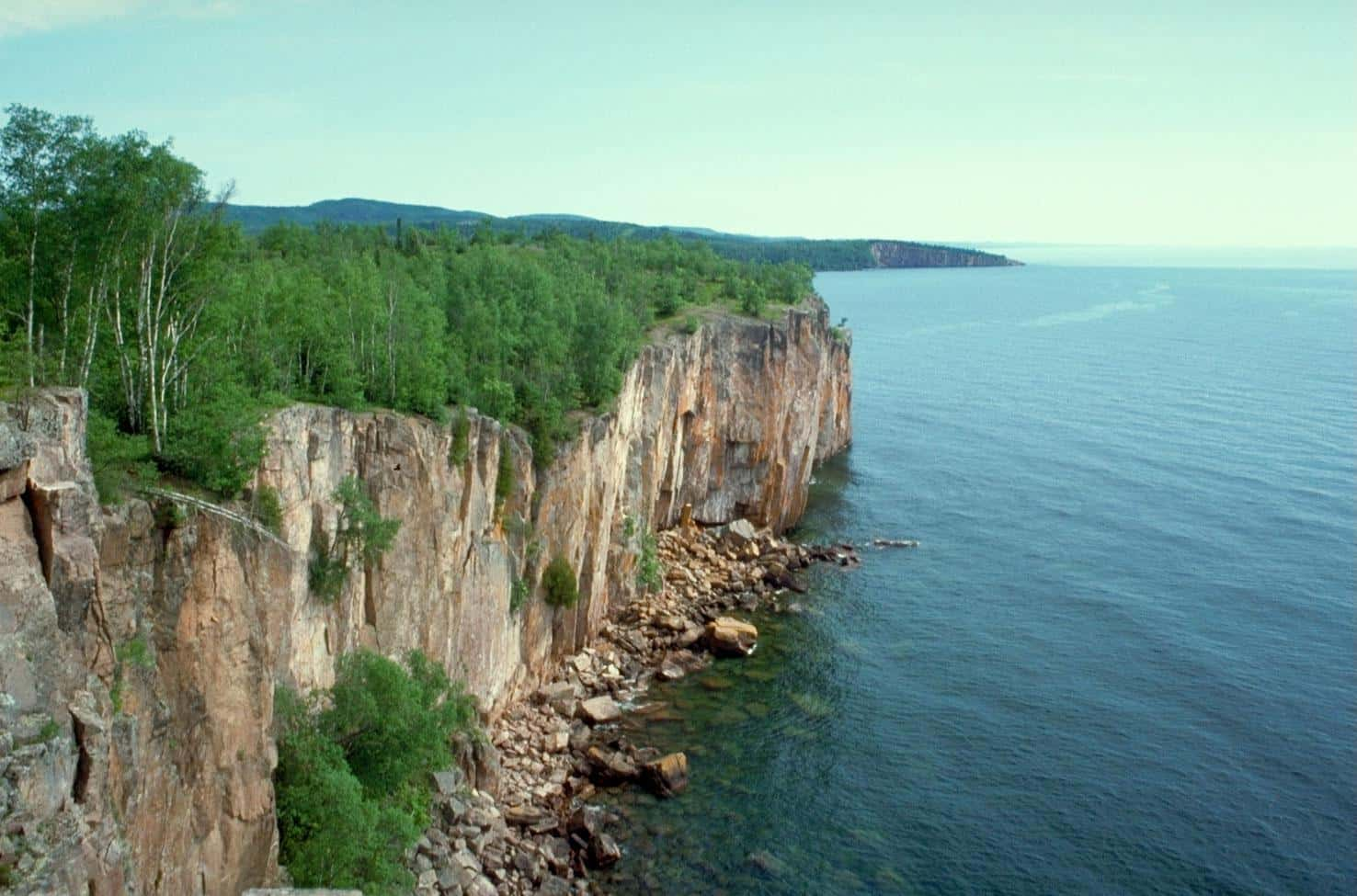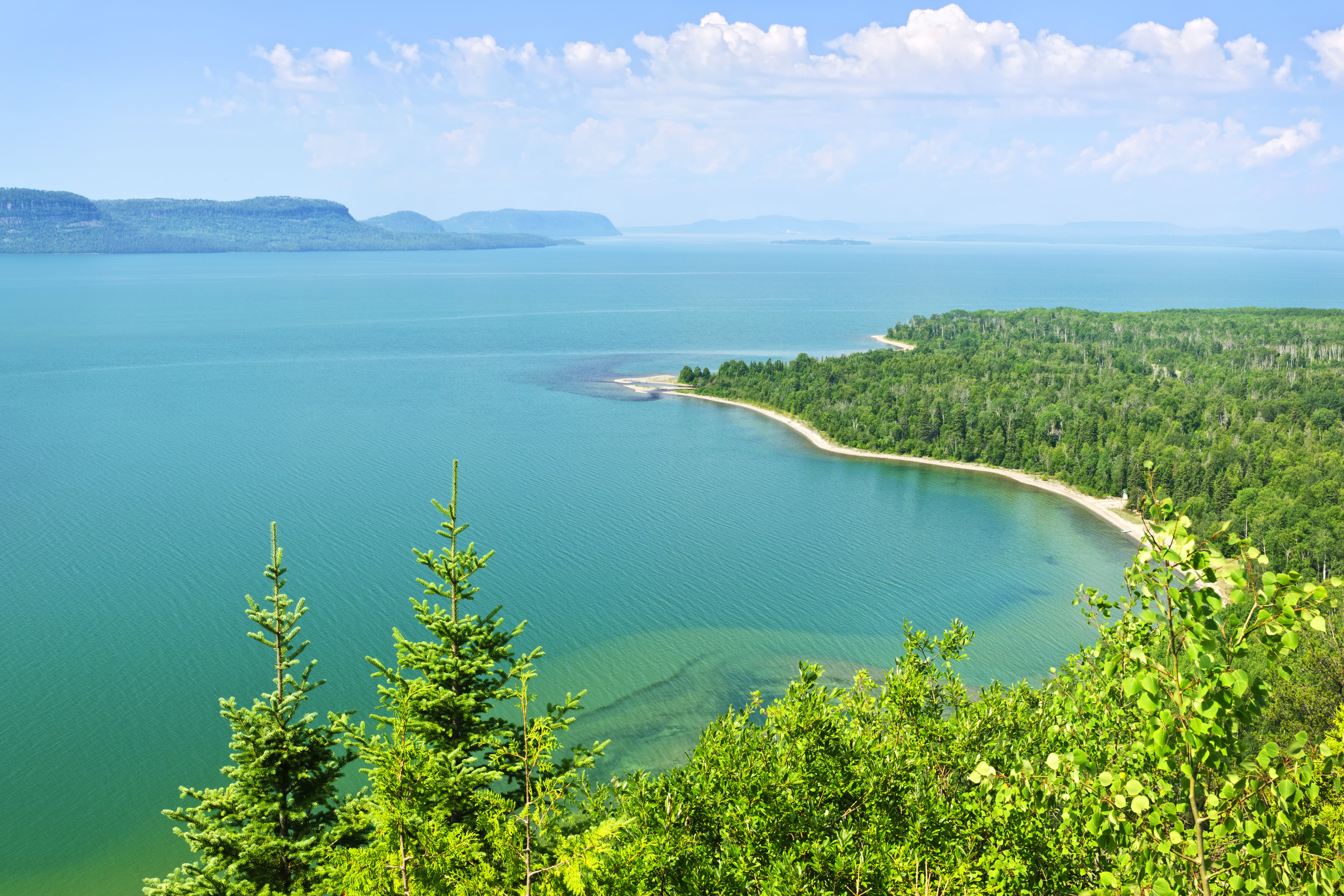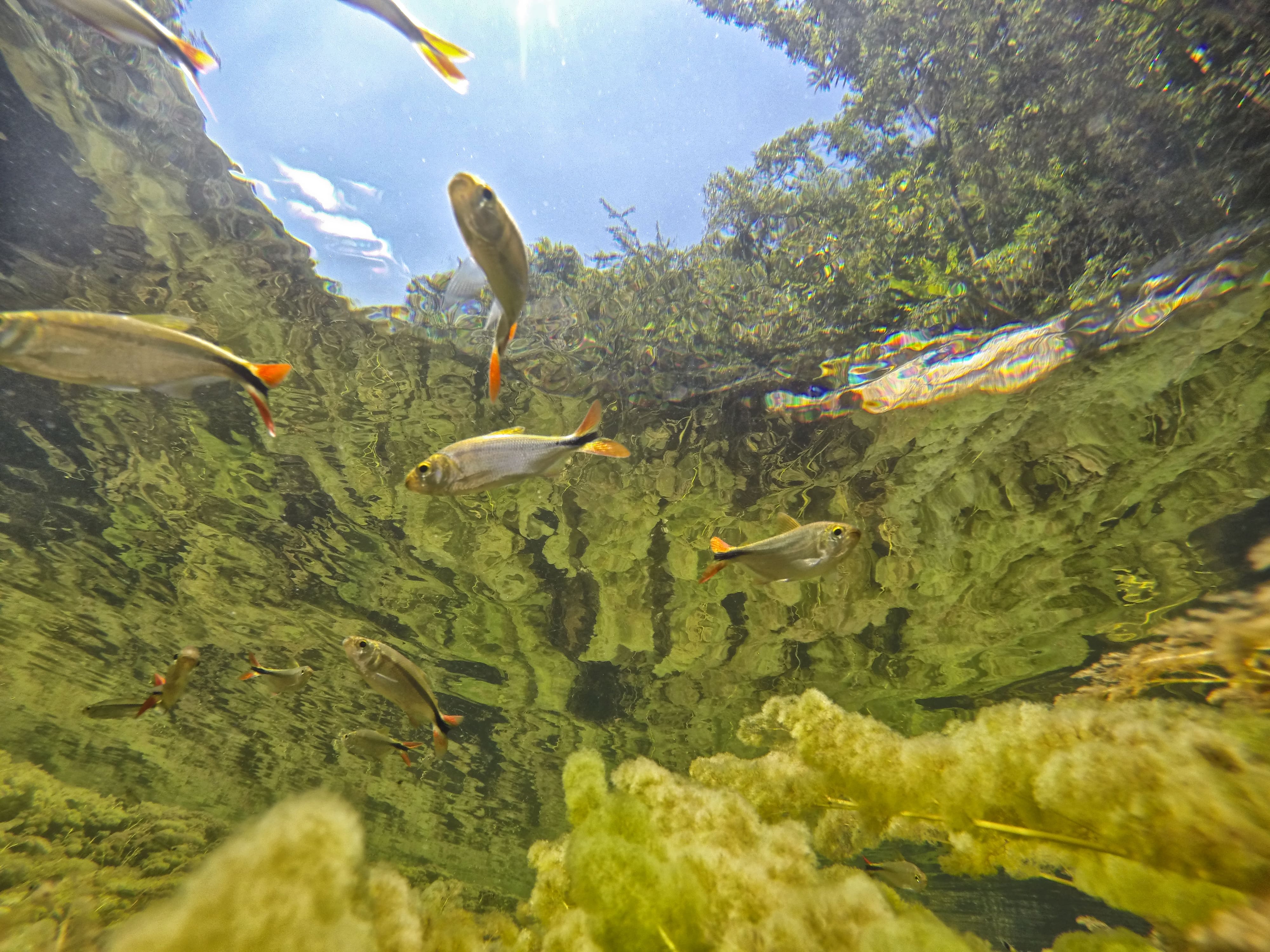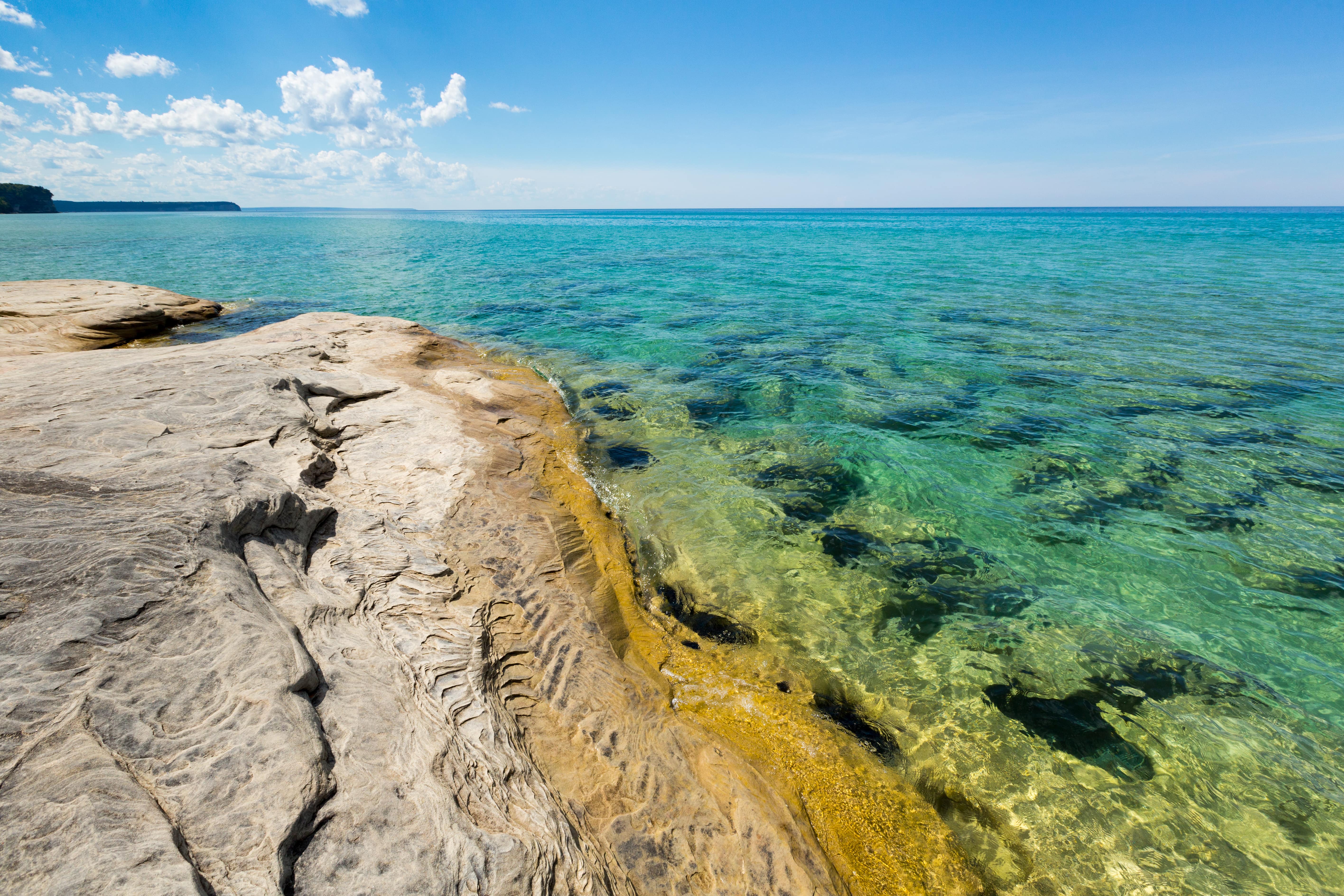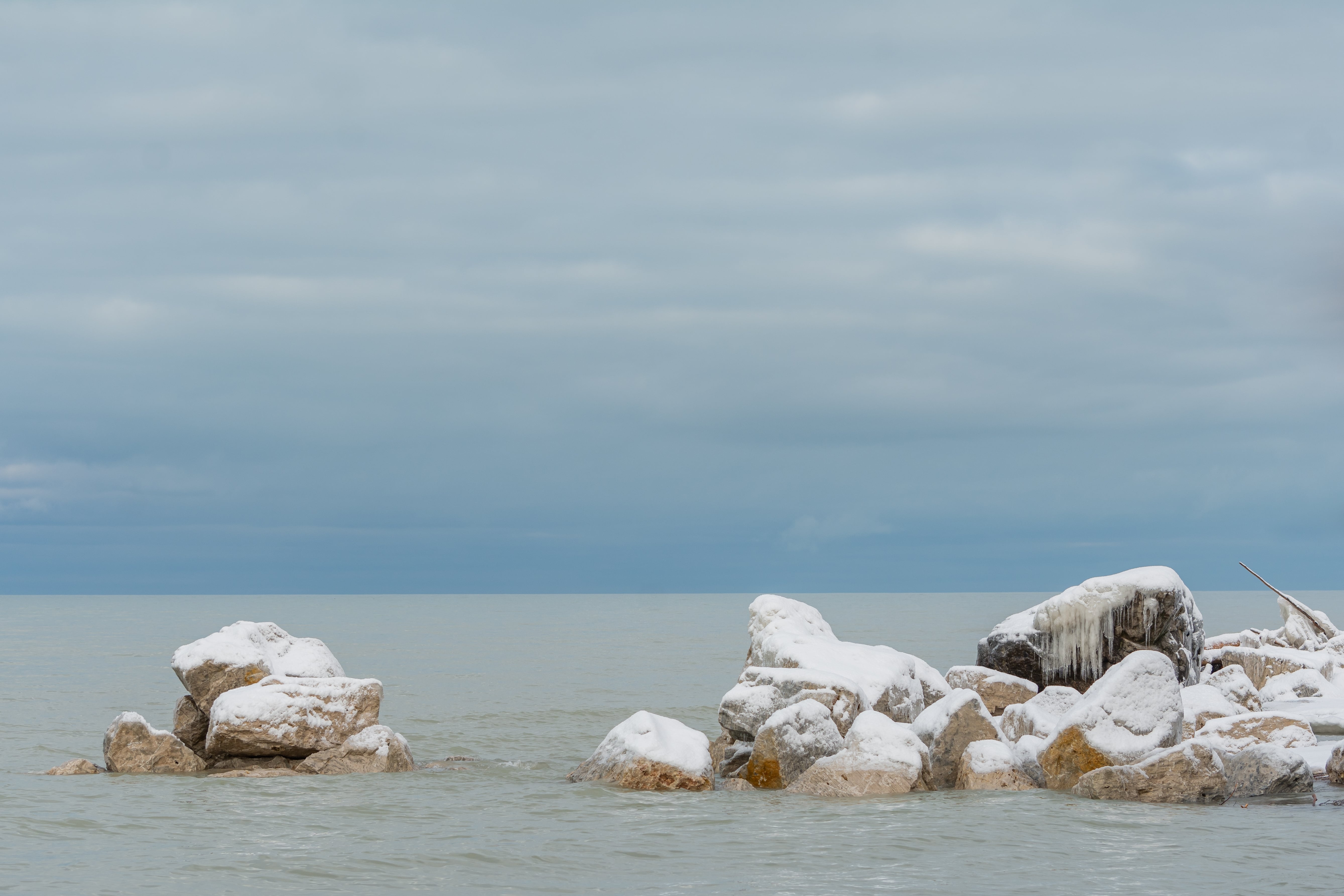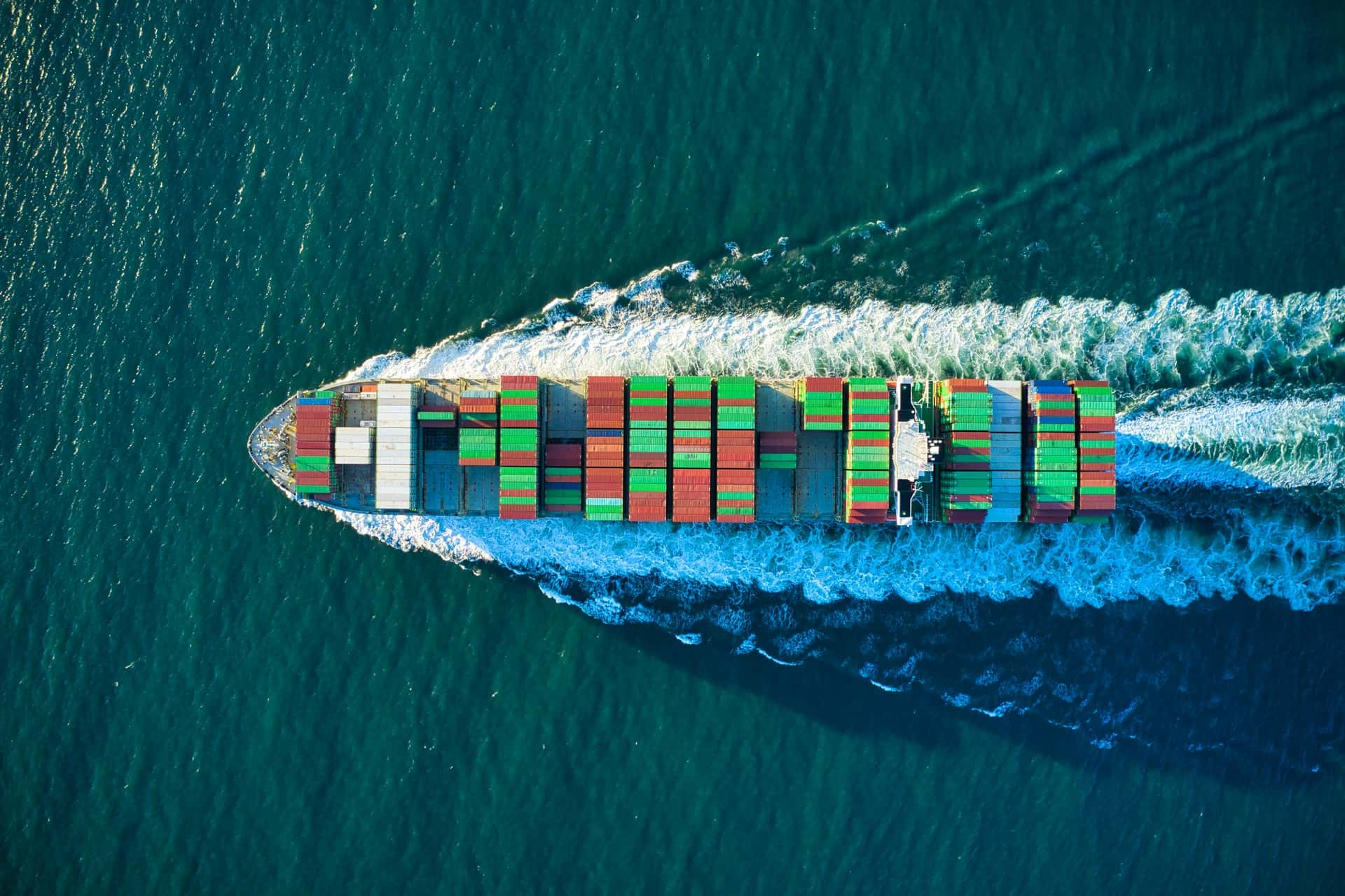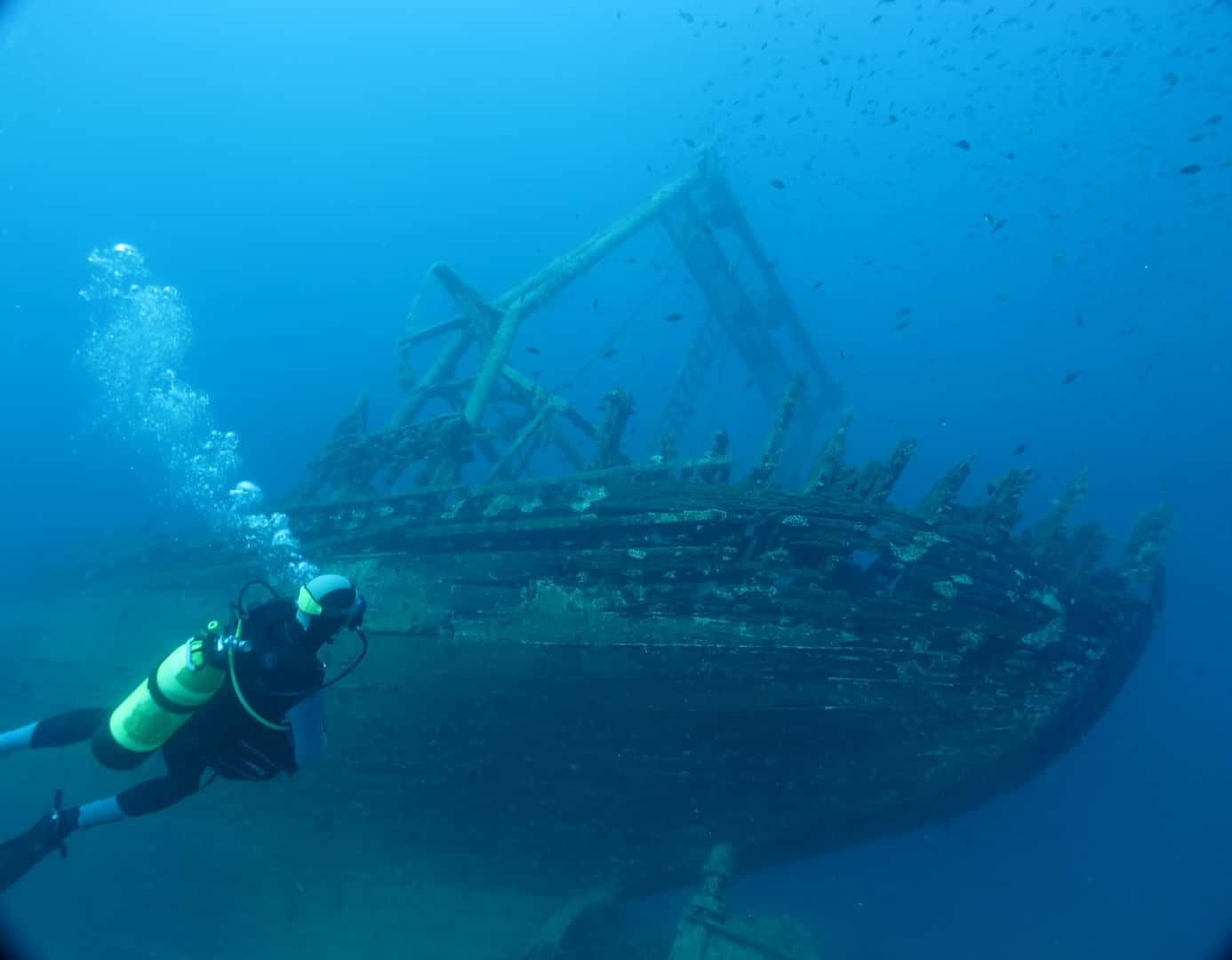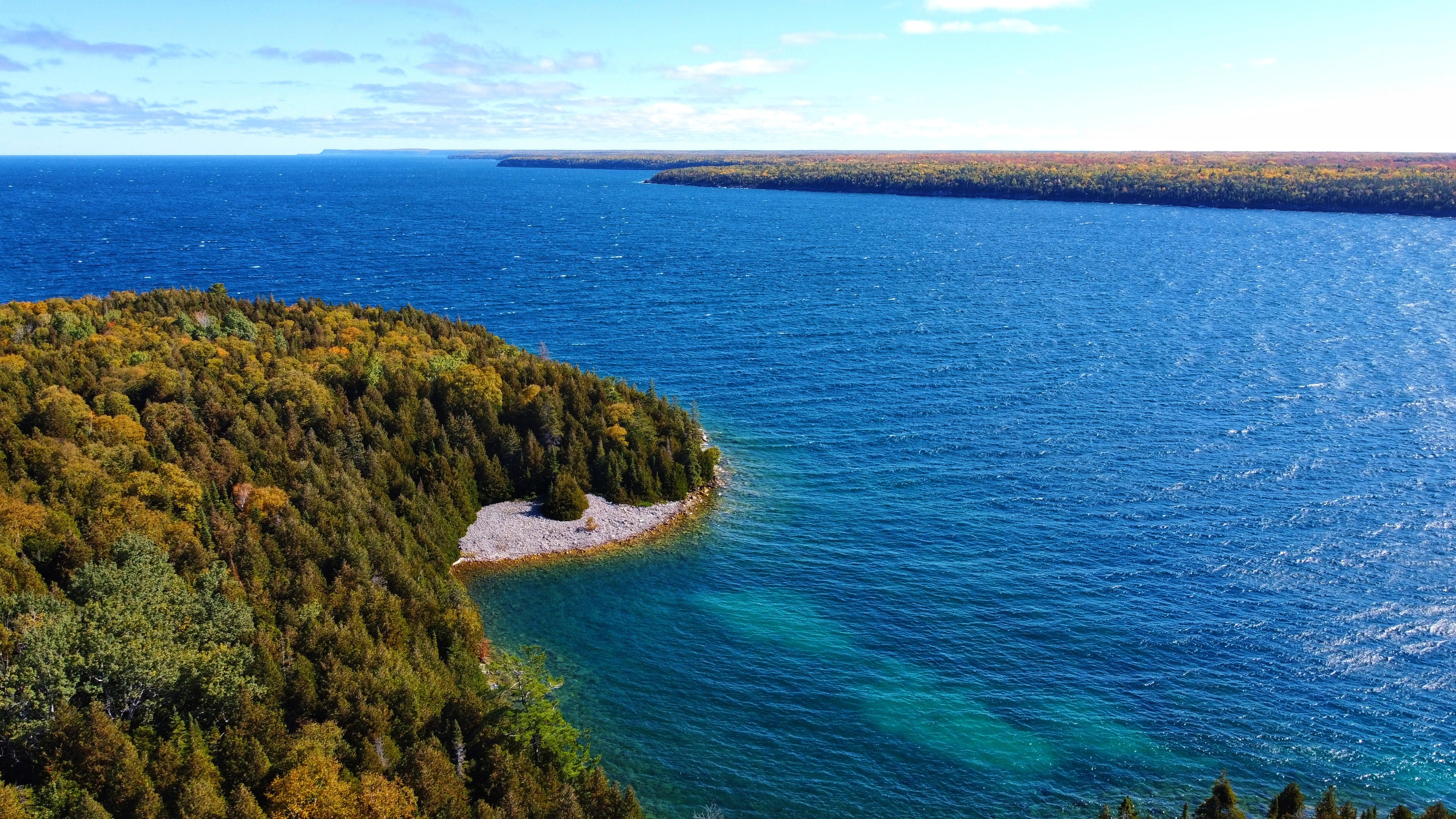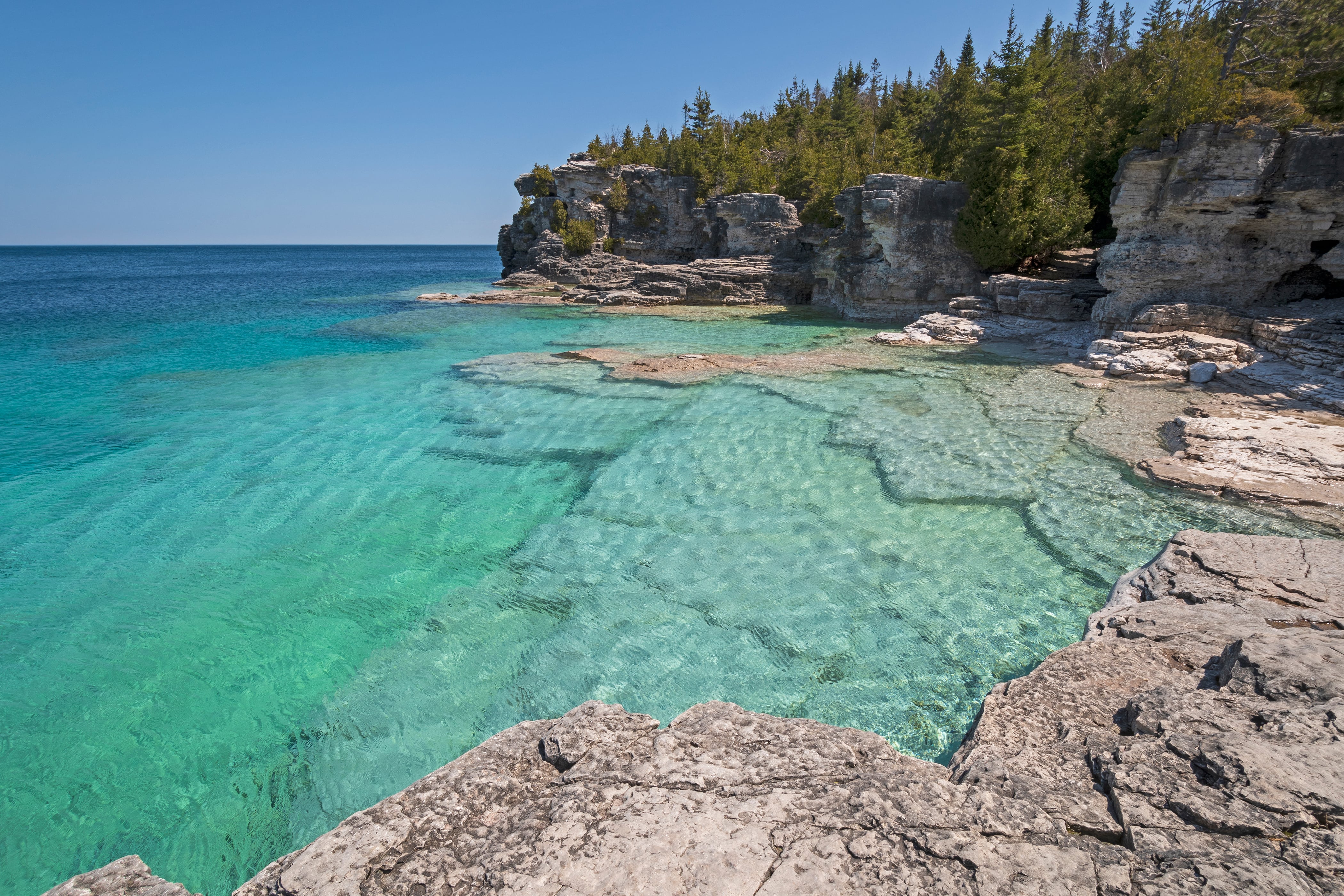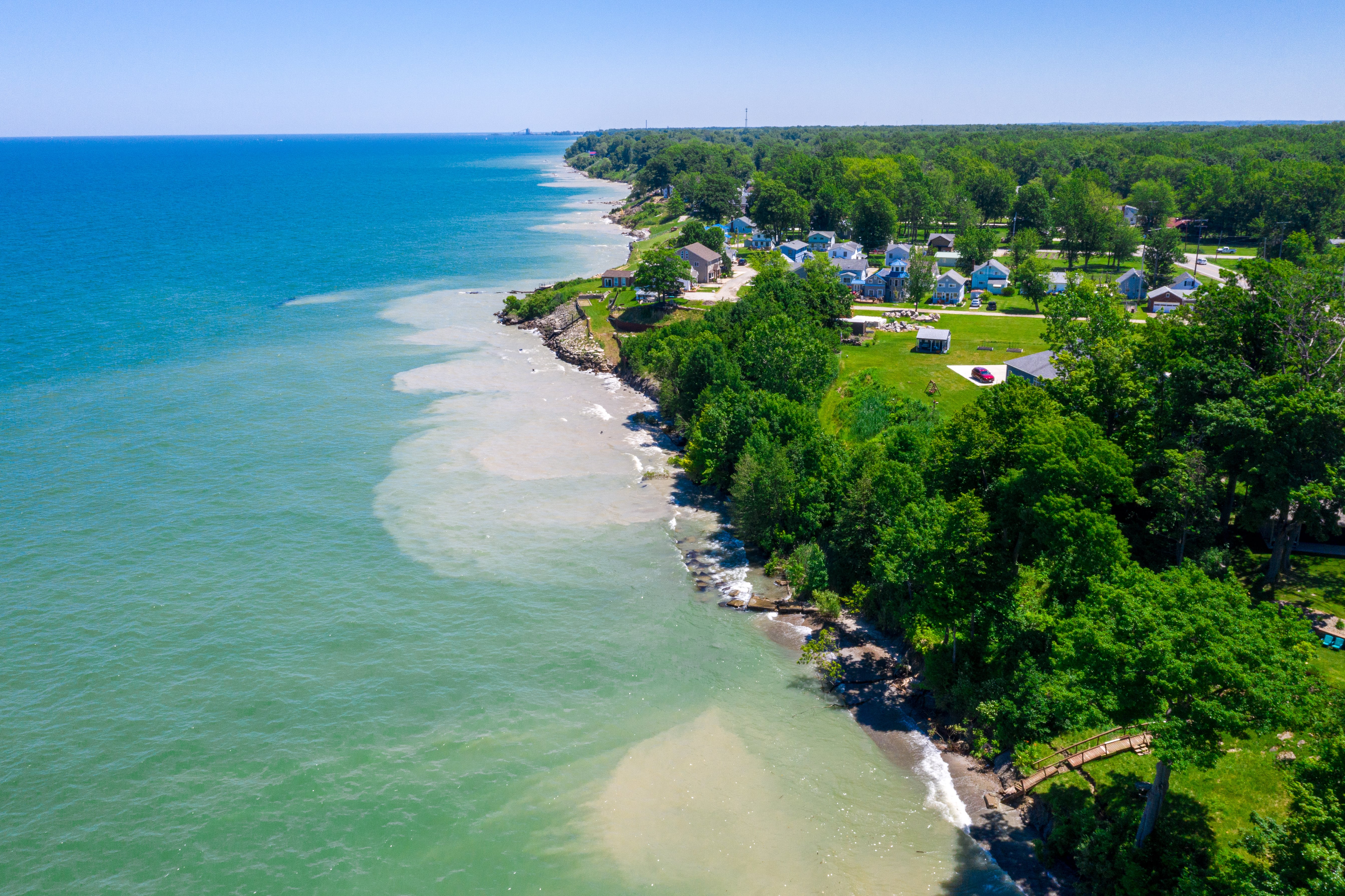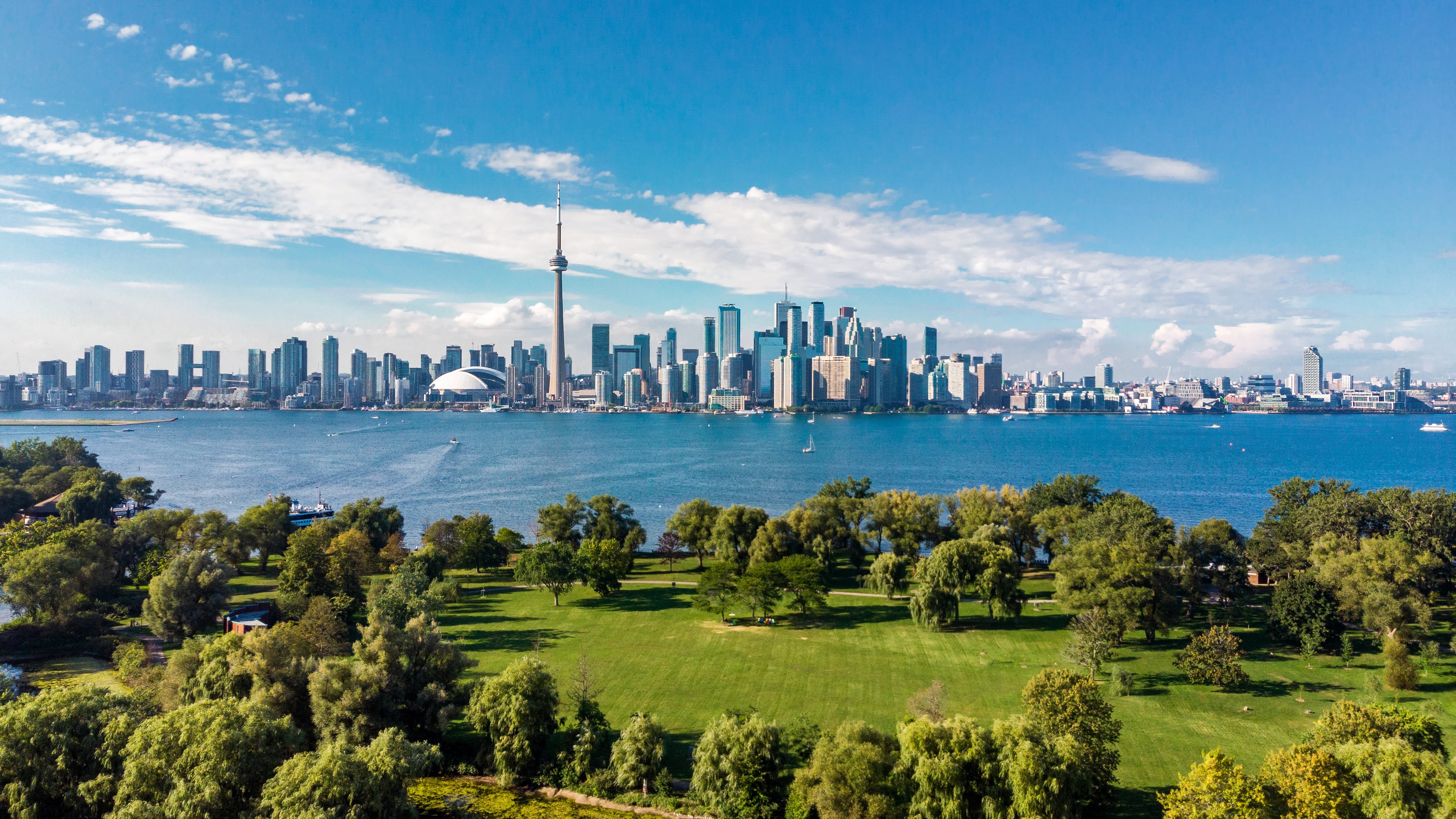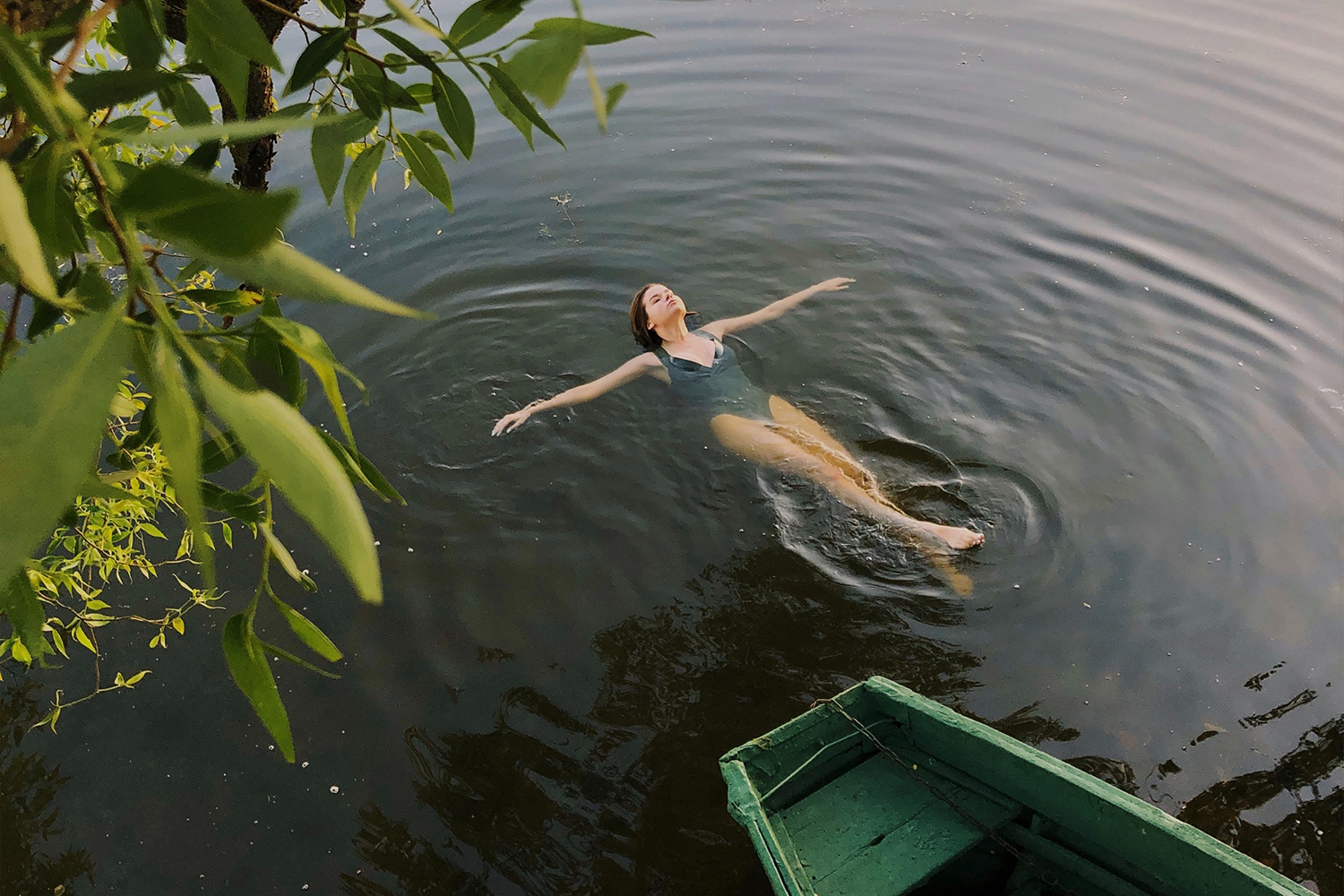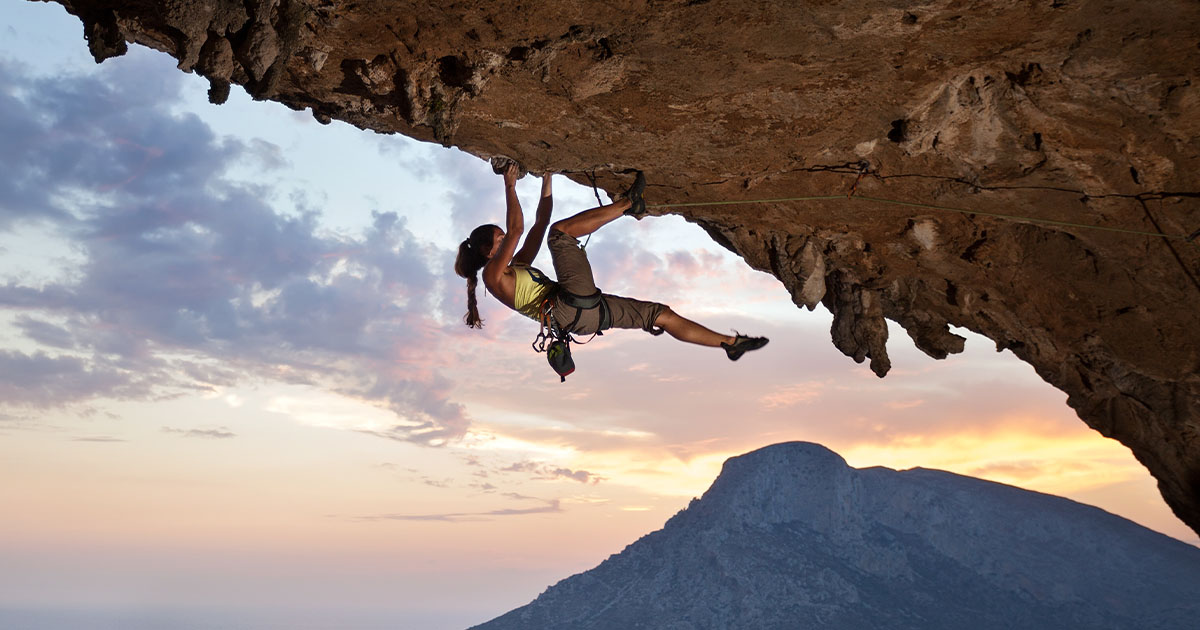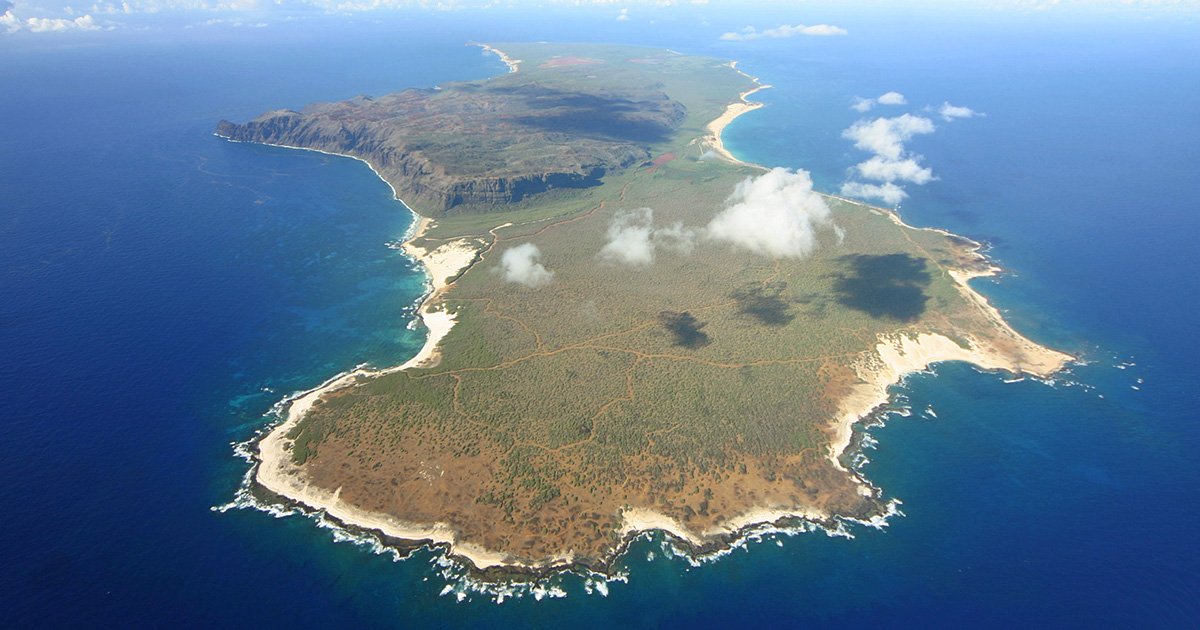The Great Lakes of North America
Located in the northeastern part of the United States and the southeastern part of Canada, is the largest freshwater lake system in the world. Together they are known as, “The Great Lakes”.
The Great Lakes are an awe-inspiring natural wonder and they account for 84% of North America’s fresh water.
Aside from their vital role of providing drinking water, the Great Lakes are known for their natural beauty and rich biodiversity.
This article dives deep into the Great Lakes, highlighting their impressive size, depth and characteristics, as well as the significant impact they have on our planet.
Location
The Great Lakes are a series of five interconnected freshwater lakes. They connect to the Atlantic Ocean via the St. Lawrence River.
The five lakes include: Lake Superior, Lake Michigan, Lake Huron, Lake Erie, and Lake Ontario.
These lakes are either on, or near, the Canada-United States border.
Size and Depth
The Great Lakes get their name from their size and depth. They are the largest group of freshwater lakes in the world by total area and by volume.
The total surface area of the five Great Lakes combined is approximately 94,250 square miles (244,106 square kilometers). To put this in perspective, this is larger than many countries in the world.
The total volume of water held within the lakes is estimated to be around 5,439 cubic miles (22,671 cubic kilometers).
Characteristics
Due to their sea-like characteristics, such as rolling waves, continuous winds, strong currents, great depths, and distant horizons, the five Great Lakes have historically been called “inland seas”.
Among the Great Lakes are approximate 35,000 islands. The largest being Manitoulin Island in Lake Huron, the largest island in any inland body of water in the world.
Freshwater Resource
Freshwater is a vital resource that many Americans take for granted. North America is very fortunate to contain such high volumes of fresh drinking water within the continent.
Freshwater is a critical resource, providing drinking water for more than 40 million people, as well as supporting various industries, and playing a significant role in agriculture and the environment.
On a global scale, the Great Lakes account for about 20% of the world’s surface freshwater.
Biodiversity
Aside from their immense size and volume, the Great Lakes are also known for their natural beauty and rich biodiversity. They are home to a wide variety of fish species, bird populations, and unique ecosystems.
The Great Lakes are an important source of fishing. It is said that early European settlers were “astounded by both the variety and quantity of fish” as there were 150 different species in the Great Lakes.
Fun Fact: Legend has it that Lake Eerie is home to a sea-monster-like creature named Bessie that has been apparently spotted on numerous occasions for decades. The Cleveland baseball team - the Lake Erie Monsters - were named after this legend.
The Great Lakes Basin
Each of the Great Lakes forms a sub-basin, and each sub-basin consists of multiple watersheds. Water from the Great Lakes drains into the St. Lawrence River. Overall, this is referred to as the Great Lakes Water Basin.
The Great Lakes Basin includes the great lakes and the surrounding lands in both the US and Canada.
Climate Impact
These large bodies of water can influence local climate conditions.
In terms of temperature, the Great Lakes can make the air milder in winter, keeping areas around the lakes warmer than regions farther inland. In summer, they can cool down the surrounding areas.
As well, during the winter, when cold air moves over the relatively warmer lake waters, it can pick up moisture, leading to heavy snowfall downwind of the lakes. This phenomenon is known as "lake effect snow," and it can result in significant snowfall in specific regions.
Precipitation patterns are also affected by the Great Lakes, leading to more frequent or intense rain and snowfall in some areas.
Fun Fact: Lake Michigan has a ‘Bermuda Triangle’ of its own. There’s an area within the lake where several unexplained occurrences—including disappearing ships and planes—that have contributed to the belief. It has been dubbed by locals as ‘The Michigan Triangle’. Many believe that this triangular area has its own treacherous weather, playing a huge role in shipwrecks.
Shipping Hub
The Great Lakes are a vital transportation route for shipping goods between the United States and Canada. The St. Lawrence Seaway, which connects the Great Lakes to the Atlantic Ocean, provides a route for larger vessels to access the lakes.
Except when the water is frozen during winter, more than 100 lake freighters continuously use the Great Lakes as a major water transportation route.
Shipwrecks
The Great Lakes are known for their historically treacherous waters, which have led to thousands of shipwrecks. Many of them had never been found, which makes the exact number difficult to know for sure, however it is estimated at about 6,000 ships and 30,000 lives lost.
Historian and marina Mark Thompson suggests that number is much higher, possibly reaching more than 25,000 ships.
Lake Superior alone is estimated to have over 350 shipwrecks.
Shipwrecks Cont’d
One of the most notable shipwrecks in the Great Lakes is the sinking of the SS Edmund Fitzgerald.
The SS Edmund Fitzgerald was a large freighter that met a tragic fate on November 10, 1975, in Lake Superior. It is considered one of the most famous shipwrecks in the history of the Great Lakes.
The ship was caught in a severe storm with hurricane-force winds and high waves, which caused it to sink extremely quickly, taking the lives of all 29 crew members on board.
The Great Lakes: Independent Details
The five Great Lakes each hold their own significant value. They range in size, depth, and diversity. Their locations provide different weather patterns, shipping routes, and even recreational activities.
Each lake has something that makes it stand out from the rest. Let’s now explore each of the five Great Lakes in more detail.
Lake Superior
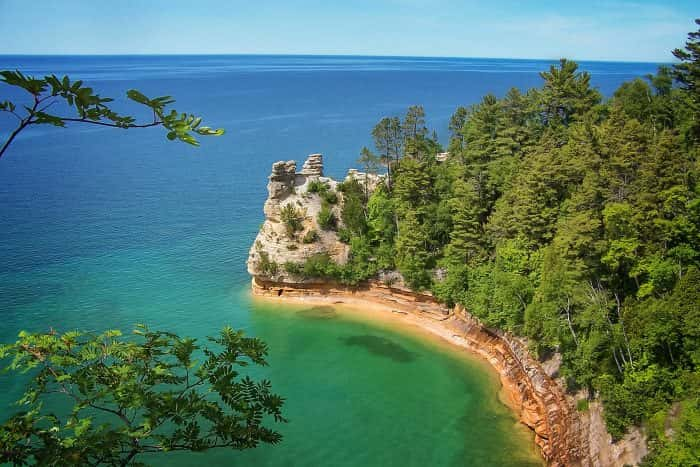
Lake Superior is the largest of the Great Lakes. It is also the largest freshwater lake in the world by surface area. It is the westernmost of the Great Lakes.
It is the deepest of the Great Lakes, with a maximum depth of about 1,332 feet (406 meters). It is deeper than the height of the Empire State Building.
Lake Superior is well-known for its exceptional water clarity. In some areas, you can see down to depths of over 100 feet (30 meters).
Lake Michigan
Lake Michigan is located to the east of Lake Superior, surrounded by the states of Michigan, Indiana, Illinois, and Wisconsin, and is the only one of the Great Lakes entirely within the United States.
It is the second-largest of the Great Lakes by volume and is known for its sandy beaches, and vibrant cities like Chicago. Its shore is home to the largest freshwater sand dunes in the world.
Lake Huron
Lake Huron is located to the east of Lake Michigan and is bordered by the Canadian province of Ontario and the U.S. state of Michigan. It is the third largest of the Great Lakes.
It is known for its beautiful shoreline, which includes the stunning Georgian Bay.
Lake Erie
Lake Erie is the southernmost of the Great Lakes and is situated between the U.S. states of Ohio, Pennsylvania, New York, and Michigan and the Canadian province of Ontario.
It is the shallowest and the warmest of the Great Lakes, making it a popular destination for swimming and water sports. It is also known for its vineyards and wineries along its southern shore.
Lake Ontario
Lake Ontario is the easternmost of the Great Lakes and is bordered by the Canadian province of Ontario and the U.S. state of New York.
It is the smallest of the Great Lakes by surface area but is the second deepest. It is home to cities like Toronto and Rochester and is known for its cultural attractions along its shores.
Final Thoughts
Although this was a lot of information, there is so much more to learn about North America’s Great Lakes. Not only are they an important fresh water resource for the entire globe, but they also hold significant historical and ecological value that deserve much more recognition.
This article only briefly touched on the magnitude of the impact these lakes have on our Earth. From weather to transportation to biodiversity, the North American Great Lakes are an important part of our planet.

